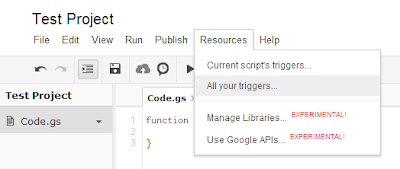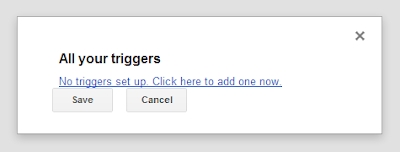- Cost of the cake - based on size
- Delivery - based on choice
- Fast-tracked orders - those with only 3 - 5 days' notice
Cake
Each size option has a cost attached to it to make it simple for the customer to choose the most appropriate. We need to extract this number from the string. As it always comes at the end, but is in slightly different positions, we need to find where it starts - specifically where the "£" is. We've used an indexOf and then converted the string to a number (in base ten) with parseInt.
Delivery
Customers can opt for delivery or collection so we just have to check if the first 8 characters of the response is "Delivery". We've used a conditional operator (a short cut for an if...else statement) to set the cost to 3 if Delivery is selected.
Fast Track
We have three possible routes for orders to take based on how much notice we are given.
- Orders with less than 3 days' notice set the declined variable to true as we can't make our delicious cakes at such short notice whilst also managing daily production for the shop.
- Orders with 3 - 5 days notice are possible but we add a surcharge as it makes it harder for us to plan our work load if. Note that we've tested for "< 6" as we have already dealt with "< 3" within the if statement.
- Orders with 6 or more days' notice (anything else) present no problem to us so we don't charge extra.
All we have to do now is simply add our variables and then present them in a form that is easy form humans to interpret; we've forced the number to display two decimal places with toFixed and added a currency symbol. All ready to display on our order confirmation!







